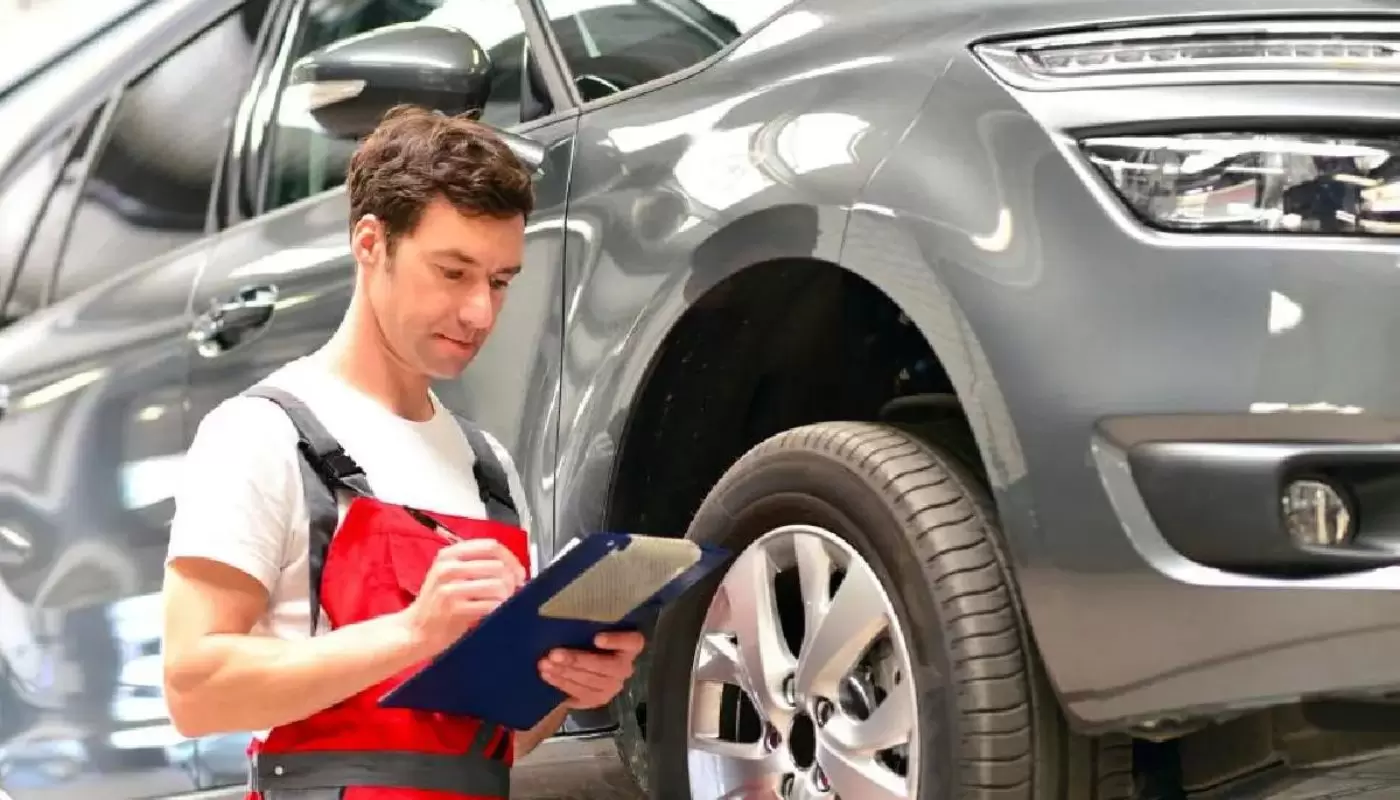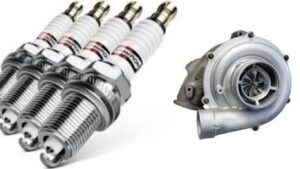Ever fallen head over heels for a used car, only to wonder if it’s hiding a financial skeleton in its trunk? You’re not alone.
In today’s automotive market, knowing how to check if a car is under finance for free is a crucial skill for any savvy buyer. This comprehensive guide will walk you through the ins and outs of verifying a vehicle’s financial status, helping you steer clear of potential roadblocks and drive off with peace of mind.
Why You Need to Know if a Car is Under Finance
Before we dive into the nitty-gritty of free checks, let’s talk about why this matters. Buying a car with outstanding finance isn’t just a minor hiccup – it’s a potential financial and legal nightmare.
The Risks of Buying a Financed Car
- Potential repossession: Imagine this: You’ve just bought your dream car, but one day, it vanishes from your driveway. Sounds like a bad dream? It could be reality if you’ve unknowingly purchased a car with unpaid debt. The lender has the right to repossess the vehicle, leaving you car-less and out of pocket.
- Legal complications: Ownership isn’t just about having the keys. If there’s outstanding finance on the car, you might find yourself in a legal tangle. The vehicle’s title could be in dispute, and resolving this can be time-consuming and costly.
- Financial losses: Here’s where it really hits home – your wallet. If you buy a car under finance and the previous owner defaults on their loan, you could lose both the car and the money you paid for it. Talk about a double whammy!
These risks underscore the importance of checking a car’s financial status before you sign on the dotted line. But don’t worry – we’re about to show you how to do this without spending a dime.
Free Methods to Check a Car’s Financial Status

Now, let’s get to the meat of the matter. How can you, a savvy Australian buyer, check if a car is under finance for free? Here are some methods that won’t cost you a cent but could save you thousands.
1. Personal Property Securities Register (PPSR)
The PPSR is your first stop on the road to vehicle verification. It’s a national online register that can tell you if a car has a security interest registered against it.
How to use the PPSR:
- Visit the PPSR website
- Enter the vehicle’s VIN (Vehicle Identification Number)
- Pay a small fee (usually around $2)
- Get an instant report
While not entirely free, the PPSR is incredibly cheap and provides comprehensive information. It’s a small price to pay for peace of mind.
Pros:
- Official government register
- Covers all states and territories in Australia
- Provides up-to-date information
Cons:
- Not technically free (but very affordable)
- Requires the vehicle’s VIN
2. State-Specific Registers
Each Australian state and territory has its own vehicle register. While these don’t always provide finance information, they can give you valuable insights into the car’s history.
State-specific registers:
- NSW: Roads and Maritime Services
- VIC: VicRoads
- QLD: Department of Transport and Main Roads
- WA: Department of Transport
- SA: SA.GOV.AU
- TAS: Transport Tasmania
- NT: Motor Vehicle Registry
- ACT: Access Canberra
These registers often provide free basic checks, which can include registration status and stolen vehicle checks. While they may not directly tell you about outstanding finance, they can give you clues about the car’s history.
3. Free VIN Check Websites
Several websites offer free VIN checks that can provide basic information about a vehicle. While these might not always show finance information, they can give you a good starting point.
Popular free VIN check websites:
- CarHistory.com.au
- CarVertical.com
- VehicleHistory.com
Remember, these free services often have limitations. They might not provide the most up-to-date information, and they certainly won’t give you the comprehensive report you’d get from a paid service or the PPSR.
Additional Steps to Verify a Car’s Financial Status

While free checks are a great start, they’re not the be-all and end-all. Here are some additional steps you can take to verify a car’s financial status:
1. Ask the Seller
Sometimes, the simplest approach is the most effective. Don’t be shy about asking the seller directly about the car’s financial status. A honest seller should have no problem providing this information.
Questions to ask:
- Is there any outstanding finance on the vehicle?
- Can you provide documentation showing the car is fully paid off?
- Are you the legal owner of the vehicle?
Red flags to watch for:
- Reluctance to answer questions about the car’s financial status
- Inability to provide clear documentation
- Pressure to complete the sale quickly without proper checks
2. Request a Vehicle History Report
While not free, a comprehensive vehicle history report can provide a wealth of information, including details about any outstanding finance.
Popular vehicle history report providers in Australia:
- CarHistory
- CarFacts
- Revs Check Report
These reports typically cost between $25 to $40 and can provide information on:
- Finance checks
- Written-off status
- Stolen vehicle checks
- Registration details
- Vehicle specifications
3. Consult a Local Dealership
If you’re buying from a private seller, consider taking the car to a local dealership for inspection. Many dealerships offer this service for a small fee, and they can often spot red flags that might indicate outstanding finance.
What to Do if You Discover the Car is Under Finance

So, you’ve done your due diligence and discovered the car you’re eyeing is under finance. What now?
1. Negotiating with the Seller
If you’re still interested in the car, you can try negotiating with the seller. Here are some steps to consider:
- Ask the seller to clear the debt: The ideal scenario is for the seller to pay off the outstanding finance before the sale.
- Arrange for simultaneous payment: If the seller can’t clear the debt upfront, you might arrange for your payment to go directly to paying off the finance, with any remainder going to the seller.
- Get everything in writing: Whatever arrangement you come to, make sure it’s documented and signed by both parties.
Legal considerations:
- Always consult with a legal professional before entering into any complex financial arrangements.
- Ensure all paperwork is properly completed and transferred.
2. Walking Away from the Deal
Sometimes, the best decision is to walk away. If the seller is uncooperative or the financial situation seems too complicated, it might be best to look for another vehicle.
When to walk away:
- The seller can’t provide clear information about the finance situation
- The outstanding finance is more than the car’s value
- You feel pressured or rushed into making a decision
Remember, there are plenty of cars out there. Don’t risk your financial and legal well-being for one that comes with baggage.
Frequently Asked Questions About Checking Car Finance Status
To wrap up, let’s address some common questions about checking a car’s financial status:
Can I still buy a car that’s under finance?
Yes, but proceed with caution. Ensure the outstanding finance is cleared before or as part of the sale process. Get legal advice if you’re unsure.
How long does it take to check a car’s financial status?
Answer: Basic online checks can be done in minutes. More comprehensive checks, like those through the PPSR, are also quick but may require a small fee.
Are online VIN checks always accurate?
While helpful, free online VIN checks may not always provide the most up-to-date information. The PPSR is the most reliable source for finance checks in Australia.
Conclusion
Checking if a car is under finance doesn’t have to be a costly or complicated process. By using free resources like state-specific registers and asking the right questions, you can get a good idea of a vehicle’s financial status. For the most comprehensive and up-to-date information, the PPSR is your best bet, even if it does come with a small fee.
Remember, a little due diligence goes a long way in the world of used cars. By taking the time to check a car’s financial status, you’re not just protecting your wallet – you’re ensuring a smooth, worry-free ride into your automotive future.
So, are you ready to become a savvy car buyer? Start with these free methods today, and drive away with confidence knowing you’ve done your homework. Happy car hunting!

Marathi author Anju Mary has made a mark in the literary world with her innovative storytelling and deep passion for reading. Her unique narrative style and creative approach offer readers a distinctive and enriching experience, solidifying her reputation as a prominent writer.











